Hitchcocks Stars
Alfred Hitchcocks final on-screen cameo, in Family Plot (1976). Universal Pictures/Photofest Universal Pictures
Hitchcocks Stars
Alfred Hitchcock and the Hollywood Studio System
Lesley L. Coffin
Rowman & Littlefield
Lanham Boulder New York Toronto Plymouth, UK
Published by Rowman & Littlefield
4501 Forbes Boulevard, Suite 200, Lanham, Maryland 20706
www.rowman.com
10 Thornbury Road, Plymouth PL6 7PP, United Kingdom
Copyright 2014 by Rowman & Littlefield
All rights reserved. No part of this book may be reproduced in any form or by any electronic or mechanical means, including information storage and retrieval systems, without written permission from the publisher, except by a reviewer who may quote passages in a review.
British Library Cataloguing in Publication Information Available
Library of Congress Cataloging-in-Publication Data
Coffin, Lesley L.
Hitchcocks stars : Alfred Hitchcock and the Hollywood studio system / Lesley L. Coffin.
pages cm
Includes a filmography of Hitchcocks films.
Includes bibliographical references and index.
ISBN 978-1-4422-3077-4 (cloth : alk. paper) ISBN 978-1-4422-3078-1 (ebook) 1. Hitchcock, Alfred, 1899-1980Criticism and interpretation. 2. Motion picture actors and actressesUnited States. 3. Motion picture industryUnited StatesHistory20th century. I. Title.
PN1998.3.H58C58 2014
791.4302'33092dc23 2014007188
 The paper used in this publication meets the minimum requirements of American National Standard for Information SciencesPermanence of Paper for Printed Library Materials, ANSI/NISO Z39.48-1992. Printed in the United States of America
The paper used in this publication meets the minimum requirements of American National Standard for Information SciencesPermanence of Paper for Printed Library Materials, ANSI/NISO Z39.48-1992. Printed in the United States of America
Contents
Acknowledgments
Please consider this a warning: this book is not intended to introduce the reader to the films of Alfred Hitchcock. It seems an odd statement to make as there are so many books that can offer that to readers, and more importantly, I cant imagine there would be much interest in this subject if you are a novice. In order to write this book properly and (hopefully) make it an enjoyable read, I make the assumption in my writing that the reader has seen these films. Endings are discussed, specific scenes analyzed, and twists will be mentioned.
But more importantly, a good deal of what is written is meant to introduce you to the stars of these iconic films by Hitchcockspecifically the image audiences had when seeing these films at the time they were made, and what impact these stars had on the interpretation of these films.
When watching a film from the past, it is vital to understand how the film was known and perceived at the time. Films are not made in a vacuum, where one exists for the audience to stand completely alone without outside forces bumping into their interpretation. To know the image of a star, how audiences perceived a film when first released (especially when audiences did not have the benefit of home entertainment), is part of the pleasure of watching classic filmsand enriches how we connect cinema to culture.
It is because of this that I am so grateful to members of the freshman class of New York Universitys Gallatin School of Individualized Studies. To give me a few hours every week to show Hitchcock movies was a pleasure, but to participate in discussions and give their impressions of watching these films with fresh eyes was invaluable. To sit through a screening of Psycho and hear girls refer to Norman Bates as cute or say Janet Leigh might be the killer was hilarious. These students gave insightful, truthful thoughts in our hourly discussions. I also must thank Selma Thompson for helping to arrange these movie nights and allowing them to be casual for the maximum movie watching experiencecomplete with popcorn. The mere fact that New York Universitys Gallatin School allows for a thesis on the casting of Norman Bates (which ignited this project) leaves me grateful to their department. They encourage new areas of study and experimentation in academia, which is truly remarkable.
Hitchcock is not an area of research that is difficult to find materials on; in fact at times I felt I had taken on an area that was oversaturated and unlikely to yield new information. But for this Im very grateful to the scholars who came before, academics, authors, and biographers (and the biographers of the stars of Hitchcocks films) for having done so much work before and helping me find the areas that have already been covered and where and how I should focus this book. I also am greatly appreciative of the archives that help with considerable research (and archivists who provided answers to so many questions). The UCLA Film Archive, USC Film Library, New York Public Library, and Museum of Modern Art were all of great assistance. Photos for this book were provided by Photofest (NY), who were wonderful, helping me locate interesting, candid photographs of the stars with Hitchcock.
Finally, on a personal note, I would like to send gratitude to my friends and family who offer such encouragement, especially friends Joanna Chebus, Mia Gomez, Vincent Ford, Joyce Artinian, and Jen McCoy, who provided me the time and patience to complete this, and my family, especially Cecile Purcell, Natalie and Steve Kellet, and Tom and Alice Coffin, who put up with a lot of Hitchcock talk.
Introduction: Hitchcocks Livestock
Any casual fan of cinema has certainly heard the lore that Hitchcock referred to his actors as cattle. It is a statement that he seemed to spend his entire career clarifying and correcting. He insisted often in interviews that What I probably said was that all actors should be treated like cattle. Actors cant cut. They dont react to the cutting, the timing of the cutting, the montage. How can they? They have to become secondary to the whole.
If a contemporary director made a similar statement regarding the treatment of actors with such contempt, the media would undoubtedly pounce, questioning that directors lack of respect. Yet Hitchcocks comment about the actors who brought his films to life, many considered some of the greatest actors of the twentieth century, has been referenced and quoted as part of what made the master of suspense a true genius and auteur. Every element of his films was touched by his skill as a director: design, storytelling, and even the performances.
Collaboration will always be an idea in question when discussing and studying the work of Hitchcock. Weve accepted the fact that Hitchcock collaborated with designers, cameramen, writers, and composers, and have seen many individual studies of their work. However, Hitchcock was not one to hand out praise and acknowledgment of his colleagues generously. Writers, considered for-hire employees by Hitchcock, ultimately began to demand appreciation for their contributions to Hitchcocks masterpieces. And yet, acknowledging these collaborations has never devalued the remarkable work of Hitchcock the man.
Rarely when authors talk about Hitchcocks filmmaking team do they address the contributions of his actors. There is little or no serious attention paid to them or any in-depth study of their contributions to his films. In the five-hundred-page book Hitchcocks Notebooks by Dan Auiler, detailing nearly every detail of Hitchcocks directorial craft, Auiler barely mentions the casting. While actors are often the focus of the gossip surrounding Hitchcocks life, the contributions and performances given are rarely approached with any seriousness.
However, actors and stars are part of the film system and, in the best instances, meant to serve the artistic elements of the film. The best films in Hitchcocks filmography, especially those which have become timeless favorites, are those that had an interesting premise built mostly on strong performances and characters, rather than those films created with gimmicks and stunts. Casting, performance, and the important role stars played in Hitchcock films have been noticeably overlooked.
Next page
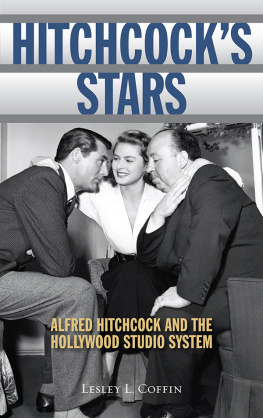
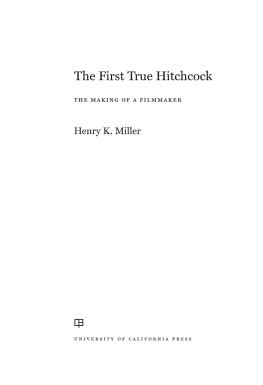
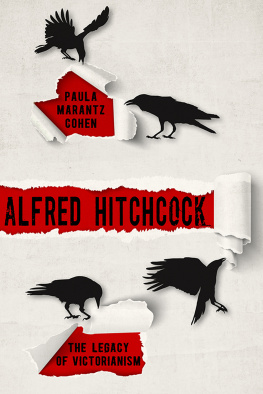


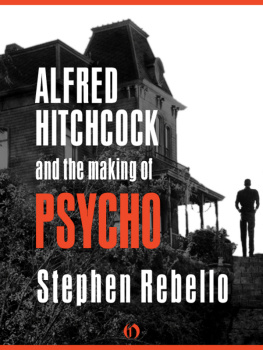
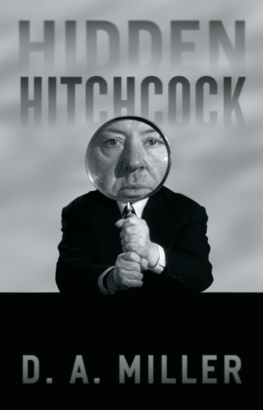

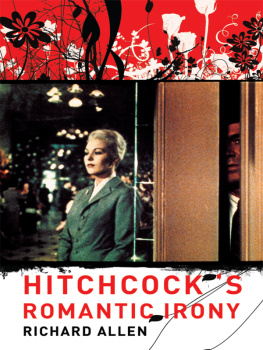
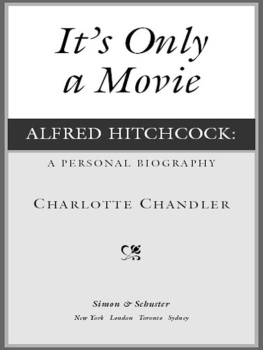
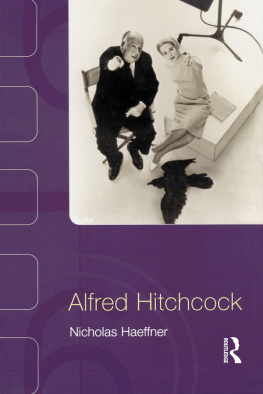
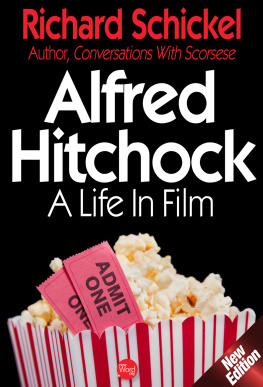
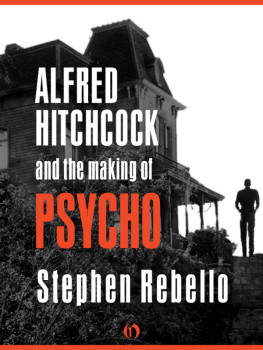
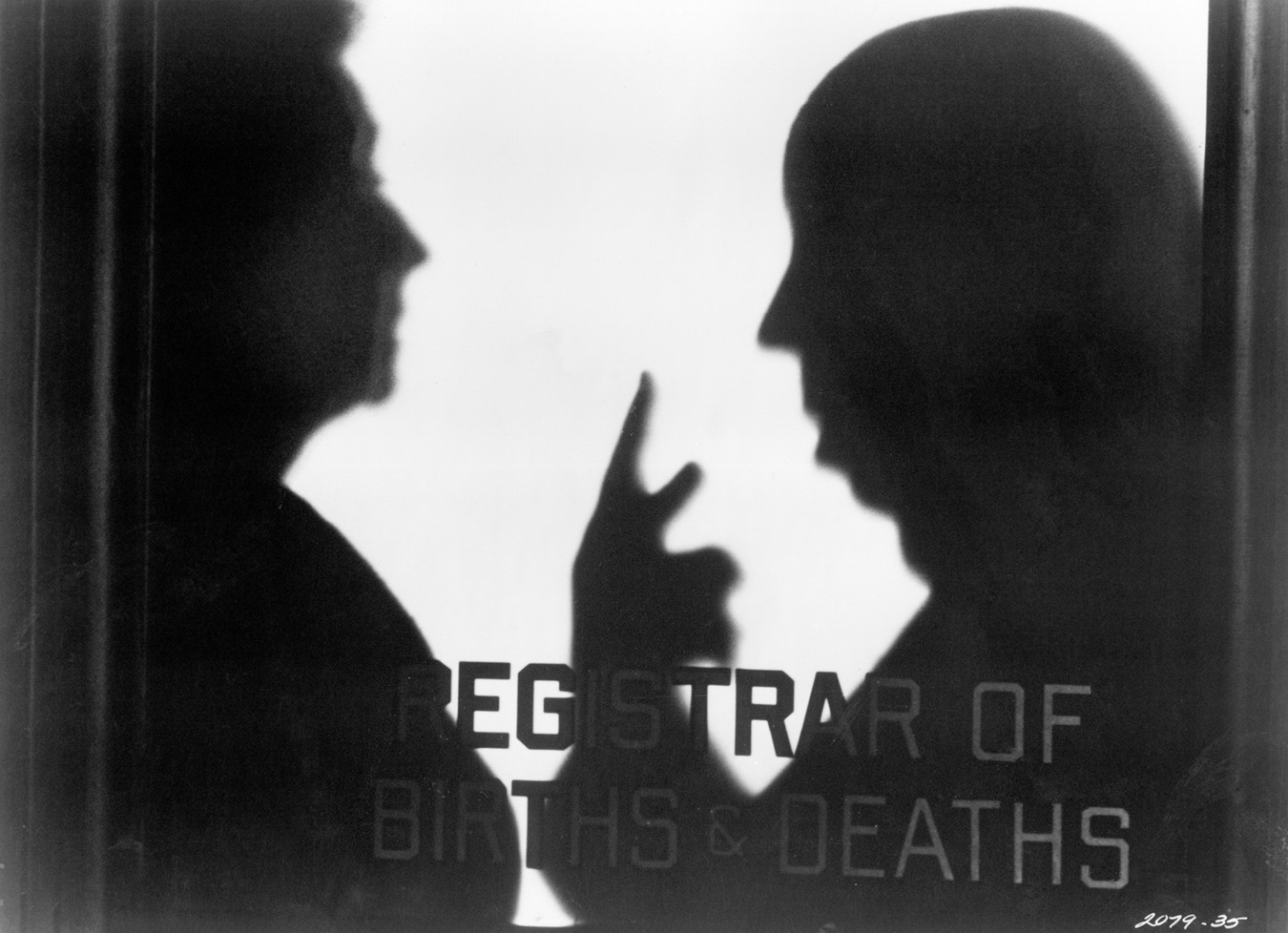
 The paper used in this publication meets the minimum requirements of American National Standard for Information SciencesPermanence of Paper for Printed Library Materials, ANSI/NISO Z39.48-1992. Printed in the United States of America
The paper used in this publication meets the minimum requirements of American National Standard for Information SciencesPermanence of Paper for Printed Library Materials, ANSI/NISO Z39.48-1992. Printed in the United States of America